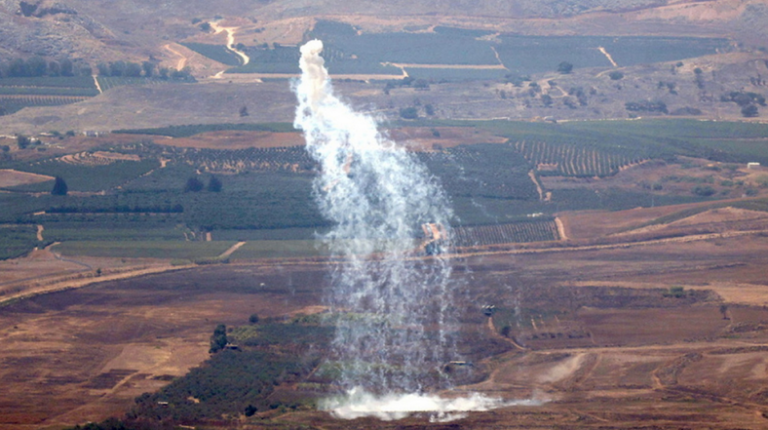The following hours in the Middle East are critical as Iran’s response against Israel is expected any moment now for the assassination of Hamas leader Ismail Haniyeh in Tehran last week.
In the USA, the assessment is that the attack is a matter of days or even 48 hours and could be carried out through Hezbollah or the Houthis in Yemen or pro-Iranian groups in Syria and Iraq – essentially, all organizations under Tehran’s control and guidance. However, US President Joe Biden and Vice President Kamala Harris were briefed yesterday by the national security team that it is still unclear when Iran and Hezbollah will launch an attack against Israel.
“We received briefings on threats from Iran and its proxies, diplomatic efforts to de-escalate regional tensions, and preparations to support Israel in case it is attacked again,” wrote the American president on X.
At the same time, the US government urged other countries to convey through diplomatic channels to Iran that escalation in the Middle East would not be in its interest, a State Department spokesperson said on Monday, while US Secretary of State Antony Blinken described the current situation as a “critical moment” for the region.
Mr. Blinken assured that Washington has engaged in “intensive diplomatic efforts, day and night” to de-escalate tensions amid concerns over the retaliation that Tehran is reportedly preparing against Israel following the assassination of Hamas leader Ismail Haniyeh last week.
“All parties must refrain from escalation,” Mr. Blinken said during a meeting with his Australian counterpart, Penny Wong, in the US capital.
Israeli Officers Suggest Preemptive Strike on Lebanon
Senior officers of the Israeli Defense Forces (IDF) proposed yesterday to Defense Minister Yoav Gallant and the Prime Minister that they should not wait for an attack from Hezbollah but preempt it by striking Lebanon. “The chances of escalation on the northern front are increasing. It would be wise to lead the initiative,” they urged Benjamin Netanyahu, according to a report by Channel 13.
Israeli Foreign Minister Israel Katz, speaking from Russia, also stated that Iran is determined to attack, a message Tehran conveyed to Israel through the Hungarian Foreign Minister.
Meanwhile, the IDF announced that yesterday afternoon, a commander of Hezbollah’s elite Radwan unit was killed in a drone strike in southern Lebanon.
Ali Jamal al-Din Jawad was struck in the village of Aabba in southern Lebanon. According to the IDF, he was a commander of the Radwan unit.
Hezbollah announced Jawad’s death after the strike but did not provide information about his rank. His death brings the total casualties of the Lebanese Shia organization since October to at least 393.
The IDF reports that the neutralization of Jawad represents a “significant blow” to Hezbollah’s capabilities to carry out attacks on Israel.
Turmoil in the Markets
The crisis in the Middle East seems to have affected the stock markets as well. Although the futures contracts of the S&P 500, Dow Jones Industrial Average, and Nasdaq 100 recovered in overnight trading, providing some potential relief, global chaos ensued in the stock markets yesterday.
The global sell-off in international stock markets could not leave Wall Street unaffected, resulting in what is described as the worst session of the year. The turmoil had already begun to emerge last Friday, following the release of disappointing labor market data in the US, which heightened fears of a recession in the American economy.
Unemployment claims increased more than in August 2023. The ISM manufacturing index, a barometer of factory activity in the US, stood at 46.8%, worse than expected and a sign of economic contraction. The weak data worried investors that the US Federal Reserve might be behind the curve in reducing interest rates and preventing a recession.
In this atmosphere, as observed by newmoney.gr, only pessimism and fear of economic recession in the US seem to be on the rise, as the main indices on the New York Stock Exchange plummeted. Although losses were somewhat limited compared to the dramatic start of the session, with Nasdaq losing over 6% and S&P 500 over 4%, the situation remains concerning.
Ask me anything
Explore related questions





